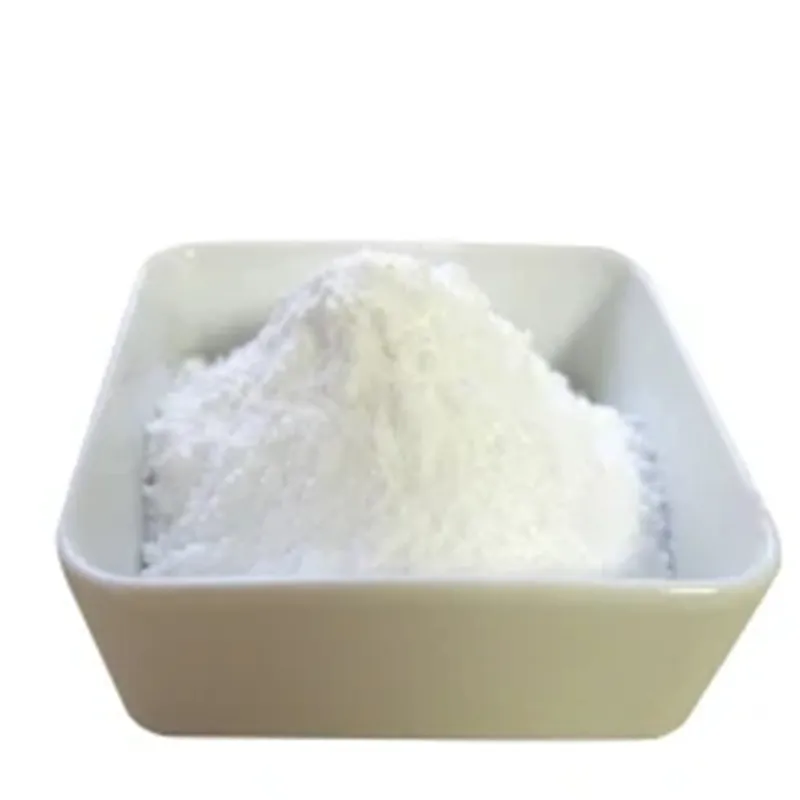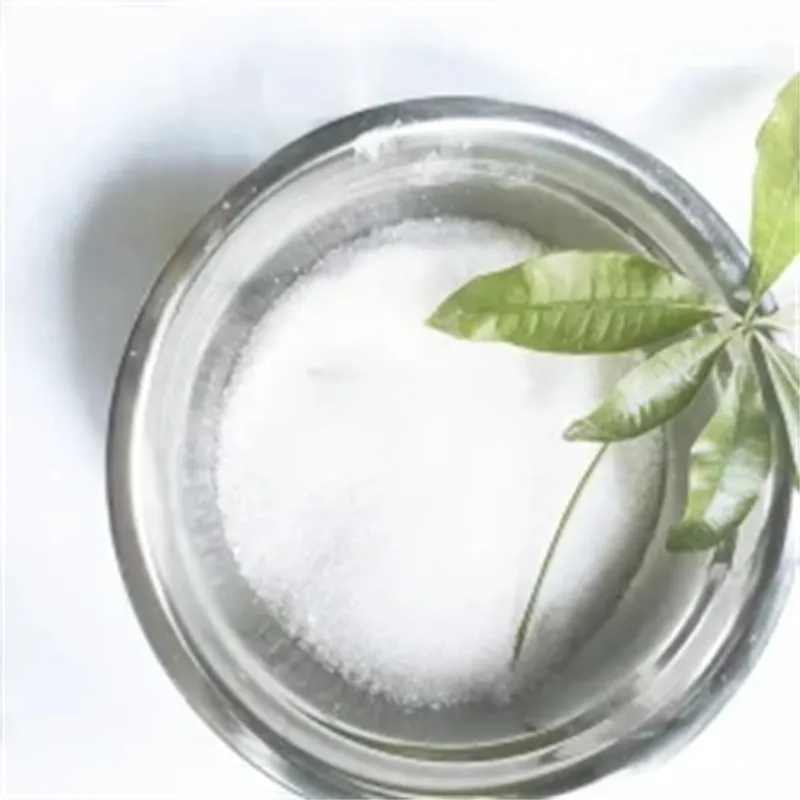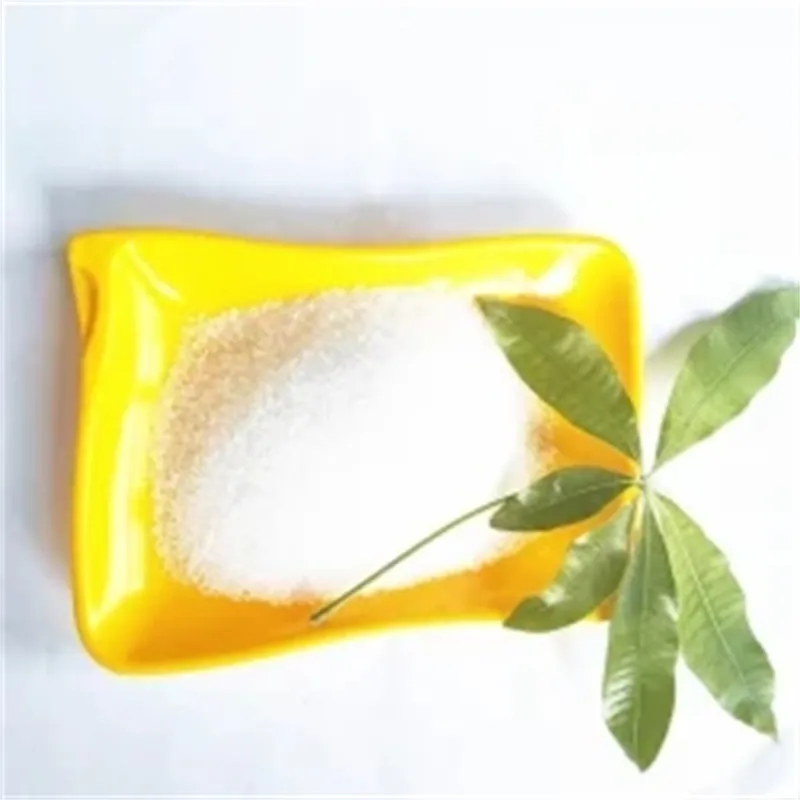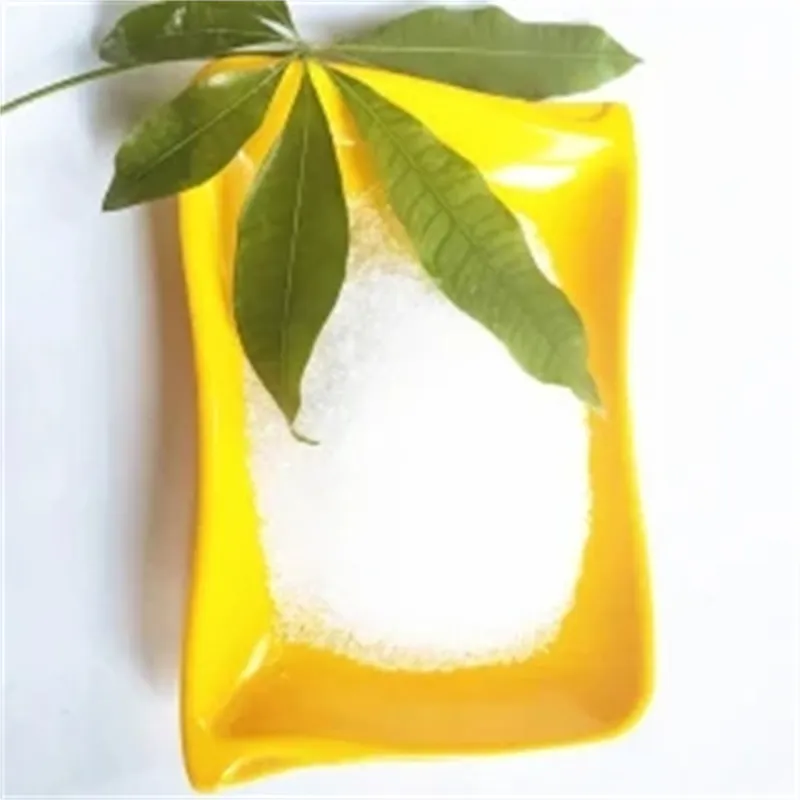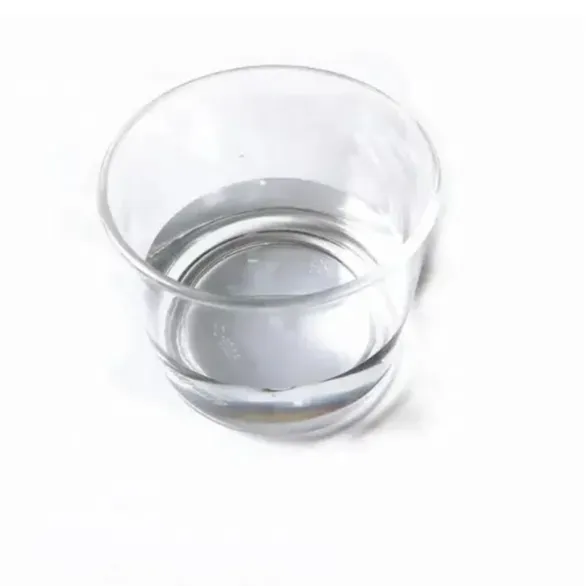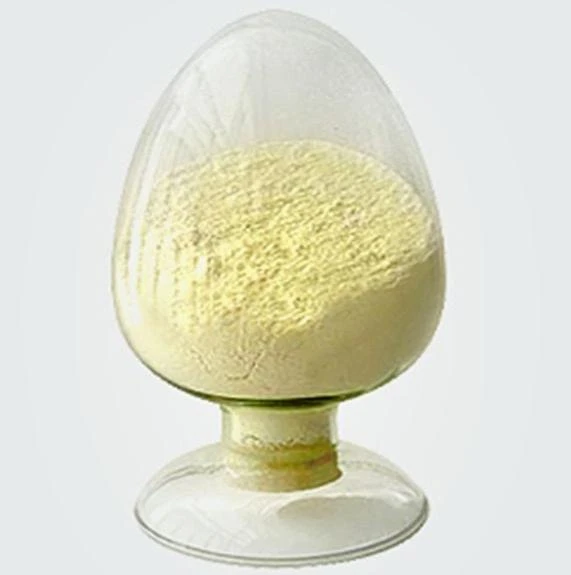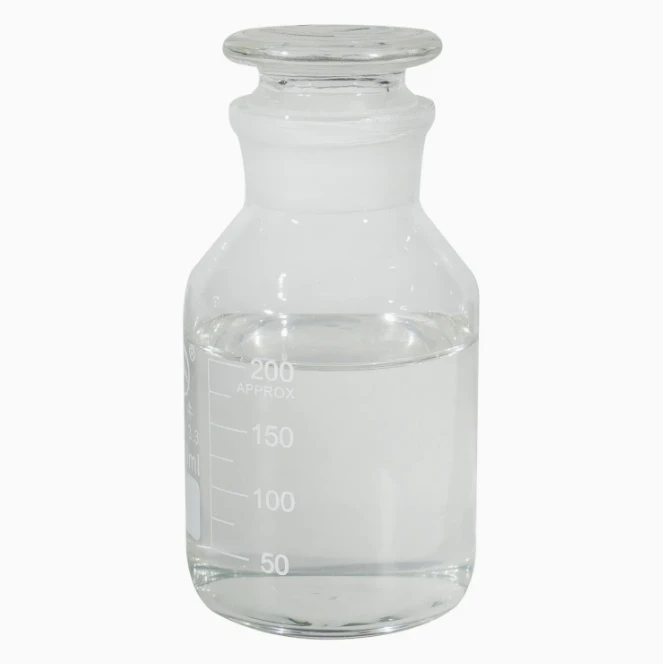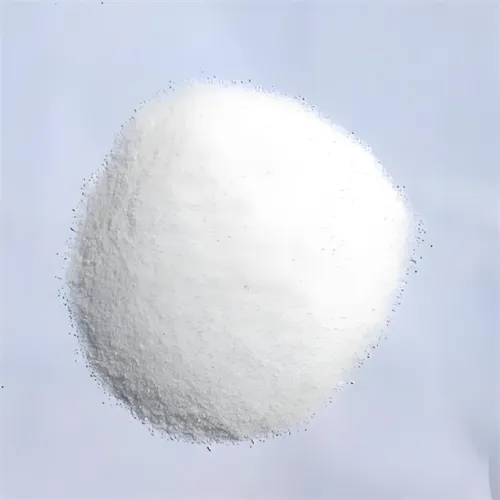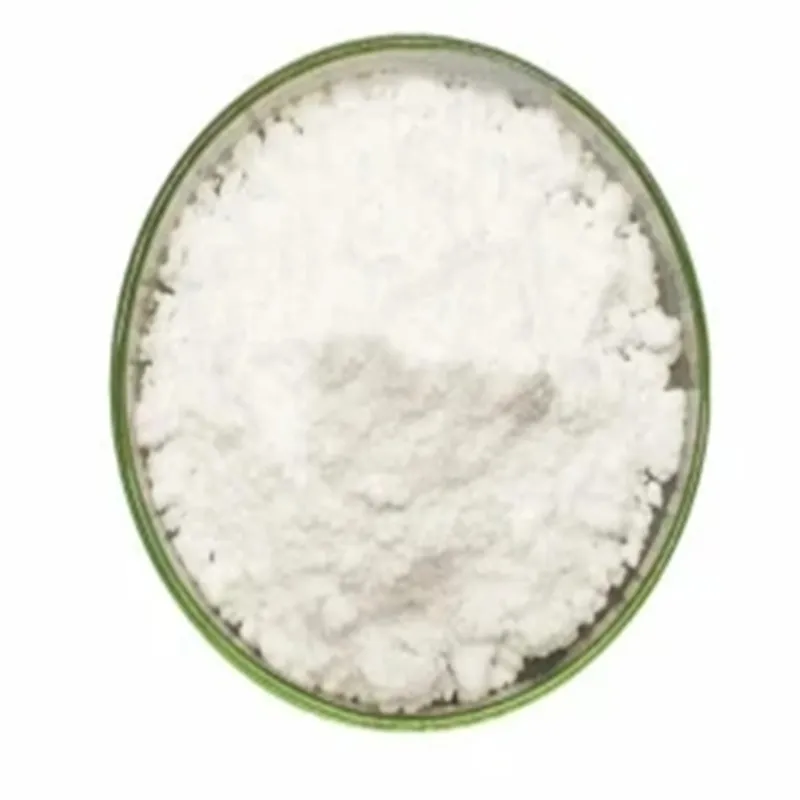Warning: Undefined array key "file" in /home/www/wwwroot/HTML/www.exportstart.com/wp-content/themes/1198/header.php on line 7
Warning: Undefined array key "title" in /home/www/wwwroot/HTML/www.exportstart.com/wp-content/themes/1198/header.php on line 7
Warning: Undefined array key "title" in /home/www/wwwroot/HTML/www.exportstart.com/wp-content/themes/1198/header.php on line 7
- Moafrika
- Sealbania
- Seamharic
- Searabia
- Searmenia
- Se-Azerbaijani
- Sebasque
- Sebelarusia
- Benghali
- Sebosnia
- Se-Bulgaria
- Secatalan
- Sebuano
- China
- China (Taiwan)
- Corsican
- Secroatia
- Czech
- Sedanishe
- Se-Dutch
- Senyesemane
- Esperanto
- Seestonia
- Sefinnishe
- Sefora
- Sefrisia
- Segalician
- Segeorgia
- Sejeremane
- Segerike
- Segujarati
- Secreole sa Haiti
- hausa
- siwaiian
- Seheberu
- Che
- Miao
- Se-Hungary
- Seiceland
- igbo
- Seindonesia
- irish
- Setaliana
- Sejapane
- Se-Javanese
- Kannada
- kazakh
- Khmer
- Rwanda
- Sekorea
- Sekurdish
- Sekyrgyz
- Lefuba
- Selatine
- Selatvia
- Selithuania
- Se-Luxembourgish
- Semacedonia
- Malgashi
- Semalay
- Semalayalam
- Semalta
- Semaori
- Marathi
- Mongolian
- Myanmar
- tsa Nepali
- Norwegian
- Norwegian
- Occitan
- Sepashto
- Sepersia
- Sepolishe
- Sepotoketsi
- Sepunjabi
- Seromania
- Serussia
- Sesamoa
- Segaeli sa Scotland
- Seserbia
- Senyesemane
- Seshona
- Sindhi
- Sesinhala
- Seslovak
- Seslovenia
- Somalia
- Sepanish
- Sesundanese
- Seswahili
- Seswedishe
- Setagalog
- Se-Tajik
- Setamil
- Setatare
- Setelugu
- Sethai
- Se-Turkey
- Turkmen
- Seukraine
- Seurdu
- Uighur
- Seuzbek
- Sevietnam
- Welsh
- Thusa
- Yiddish
- Yoruba
- Sezulu
Ascorbic acid
Ascorbic acid (vitamin C) is a water-soluble vitamin, chemically named L-(+) -sualose type 2,3,4,5, 6-pentahydroxy-2-hexenoide-4-lactone, also known as L-ascorbic acid, molecular formula C6H8O6, molecular weight 176.12.
Ascorbic acid (vitamin C) is usually flaky, sometimes needle-like monoclinic crystal, odorless, sour, soluble in water, with strong reducibility. Participate in the complex metabolic process of the body, can promote growth and enhance resistance to disease, can be used as a nutritional supplement, antioxidant, can also be used as a wheat flour improver. However, excessive supplementation of vitamin C is not good for health, but harmful, so it needs reasonable use. Vitamin C is used as an analytical reagent in the laboratory, such as a reducing agent, masking agent, etc.
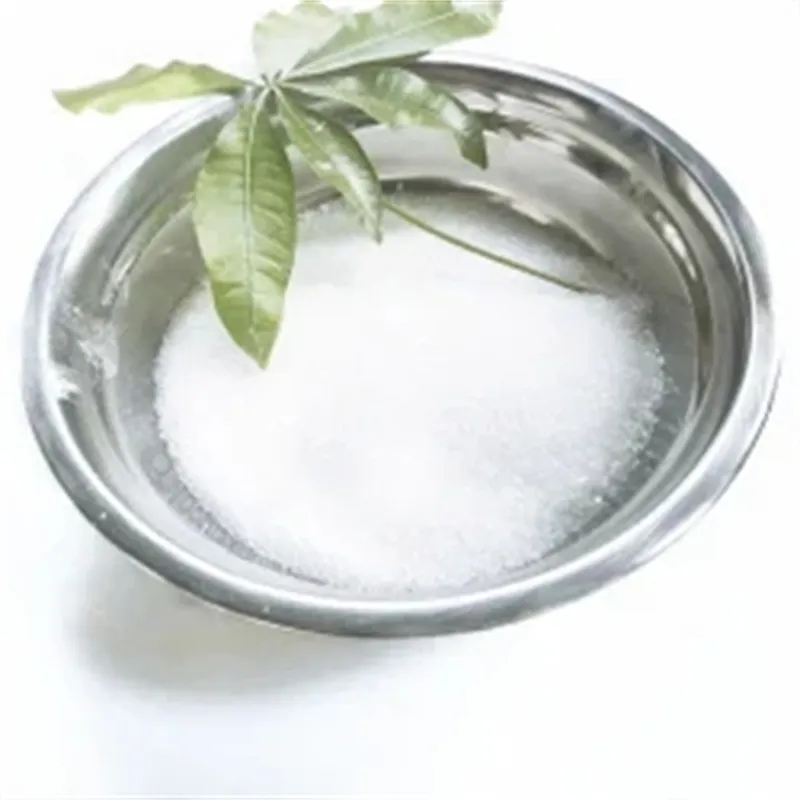

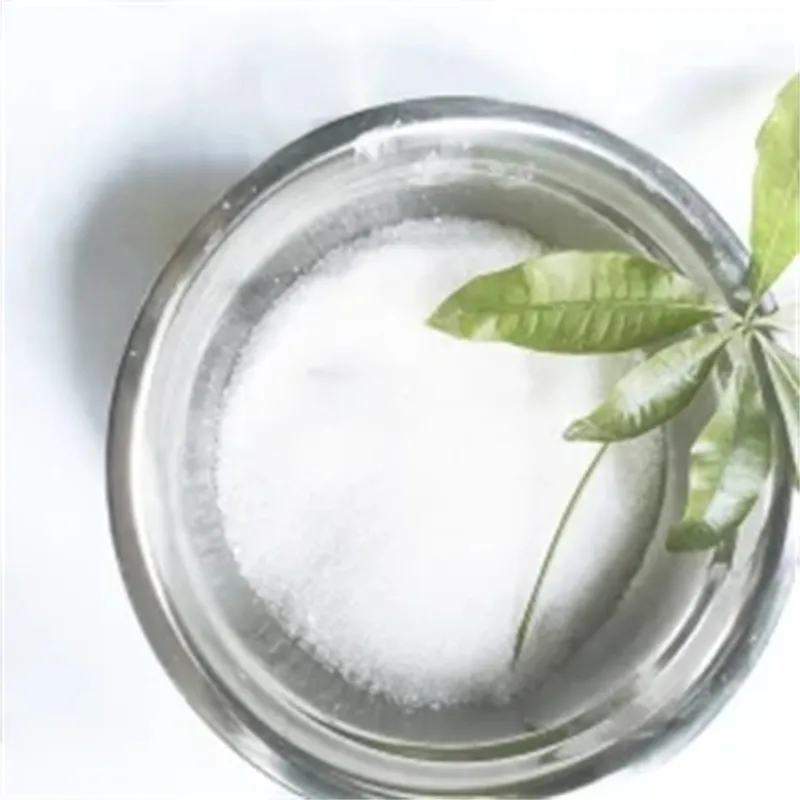

Vitamin C is a white powder with a molecular weight of 176.12, usually in the form of flaky, sometimes needle-like monoclinic crystals. Odorless, sour taste, soluble in water, slightly soluble in ethanol, insoluble in ether, chloroform, petroleum ether and other organic solvents. Structurally, vitamin C is very similar to sugar, with two asymmetric carbon atoms (C4, C5) in the molecule, which can form four optical isomers.
L-ascorbic acid is a potent reducing agent and antioxidant.
Vitamin C participates in many reactions in the body. First, it promotes collagen synthesis; Second, participate in cholesterol transformation; Third, participate in the metabolism of aromatic amino acids; Fourth, it participates in the REDOX reaction in the body and plays an important role in biological oxidation and reduction as well as cellular respiration. At the tissue level, the main role of vitamin C is related to the synthesis of the intercellular substance. Including collagen, the matrix of teeth and bone, and the junction between capillary endothelial cells. Therefore, when vitamin C deficiency caused by scurvy, accompanied by collagen synthesis defects, manifested as trauma difficult to heal, tooth formation disorders and capillary damage caused by a large number of blood stasis points, blood stasis points fusion to form ecchymosis.
Re na le lifeme tse ngata tsa boleng bo holimo tse nang le tšebelisano e tebileng, tse ka u fang lihlahisoa tsa boleng bo holimo le litheko tsa tlholisano. Hape re ka fana ka litheolelo bakeng sa ho reka ka bongata.'Me re sebelisana le lik'hamphani tse ngata tsa litsebi tse tsamaisang thepa, li ka isa lihlahisoa ka mokhoa o sireletsehileng le ka thelelo matsohong a hau. Nako ea ho fana e ka ba matsatsi a 3-20 ka mor'a hore ho netefatsoe tefo.





antioxidant
Much of the biological function of vitamin C is determined by its unique structure. The molecular formula of vitamin C is C6H8O6, and there are two active hydroxyl groups on the structure of the lactone ring, which are easily ionized (pKa is 11.6 and 4.2, respectively), resulting in ASC and DHA, and DHA can be reduced to ASC in a series of enzymatic reactions. Thus, ASC becomes a natural antioxidant, and the reaction mediated by glutathione (GSH) dependent on DHA reductase is most representative of the above-mentioned reactions.
A large number of reactive oxygen species can be produced during mitochondrial oxidative phosphorylation and bacterial and virus-induced inflammatory reactions. Many proteins and enzymes require sulfhydryl (-SH) to perform their physiological functions, but the sulfhydryl group is susceptible to oxidation by oxidizing free radicals. If reactive oxygen species cannot be removed as soon as possible, DNA oxidation, lipid peroxidation, and amino acid oxidation can occur. Protecting the sulfhydryl group on the red blood cell membrane can prevent hemolysis, protect hemoglobin from oxidation to methemoglobin, etc. In addition, vitamin C can work synergistically with vitamin E to remove hydrophobic oxidation free radicals in time; Electron transfer mediated by reduction reaction can also effectively maintain the balance of REDOX environment, which is very important for maintaining cell integrity and normal physiological activities of cells.

1. Na u feme kapa k'hamphani ea khoebo?
Re komnay e kopanyang indasteri le khoebo, ho fana ka ts'ebeletso e le 'ngoe.OEM e ka amoheloa.
2. O fana ka mehlala? Na ke mahala kapa ho feta?
Mehlala ea mahala. Tefiso ea thepa ea sampole e hloka ho lefuoa ka lehlakore la hau.
3. O na le litifikeiti tse amanang le taolo ea boleng?
Setifikeiti sa ISO 9001:2008 ho netefatsa boleng.
4. Ke fane ka eng ho fumana khotheishene?
Pls re tsebise ka mofuta oa sehlahisoa seo u se hlokang, bongata ba odara, aterese le litlhoko tse ikhethileng. Khotheishene e tla etsoa bakeng sa referense ea hau ka nako.
5. U khetha mofuta ofe oa mokhoa oa ho lefa? Ke mantsoe a mofuta ofe a amoheloang?
Melao e Amoheletsoeng ea Thomello: FOB,CFR,CIF,EXW;
Chelete ea Tefo e Amoheletsoeng: USD;
Mofuta oa Tefo o Amoheletsoeng: T/T, Western Union; Paypal, Tiisetso ea Khoebo.
Puo e Builoeng: Senyesemane.
Lihlopha tsa lihlahisoa
-
 May . 07, 20252025 New York Cosmetics Ingredients ExhibitionThe much-anticipated 2025 Cosmetics Ingredients New York will be held at the Javits Center in New York from June 3 to 4, 2025. This event will bring together industry leaders, innovators and enthusiasts from all over the world to discuss the latest trends and advances in the field of cosmetic ingredients.
May . 07, 20252025 New York Cosmetics Ingredients ExhibitionThe much-anticipated 2025 Cosmetics Ingredients New York will be held at the Javits Center in New York from June 3 to 4, 2025. This event will bring together industry leaders, innovators and enthusiasts from all over the world to discuss the latest trends and advances in the field of cosmetic ingredients. -
 Apr . 27, 2025Zibo will host the 2025 International Chemical ExpoZibo, a city known for its thriving chemical industry, will host the 2025 Zibo International Chemical Expo from May 16 to May 18, 2025. This highly anticipated event aims to bring together industry leaders, innovators and stakeholders from around the world to explore the latest advancements and trends in the chemical industry.
Apr . 27, 2025Zibo will host the 2025 International Chemical ExpoZibo, a city known for its thriving chemical industry, will host the 2025 Zibo International Chemical Expo from May 16 to May 18, 2025. This highly anticipated event aims to bring together industry leaders, innovators and stakeholders from around the world to explore the latest advancements and trends in the chemical industry. -
 Apr . 22, 20252025 Yokohama Cosmetics Raw Materials and Technology ExhibitionYOKOHAMA, Japan – The City of Yokohama is preparing to host the much-anticipated Cosmetics Ingredients & Technologies 2025 from May 14 to May 16, 2025. The premier event is expected to attract industry professionals, innovators and enthusiasts from around the world to showcase the latest advancements in cosmetic ingredients and technologies.
Apr . 22, 20252025 Yokohama Cosmetics Raw Materials and Technology ExhibitionYOKOHAMA, Japan – The City of Yokohama is preparing to host the much-anticipated Cosmetics Ingredients & Technologies 2025 from May 14 to May 16, 2025. The premier event is expected to attract industry professionals, innovators and enthusiasts from around the world to showcase the latest advancements in cosmetic ingredients and technologies.


